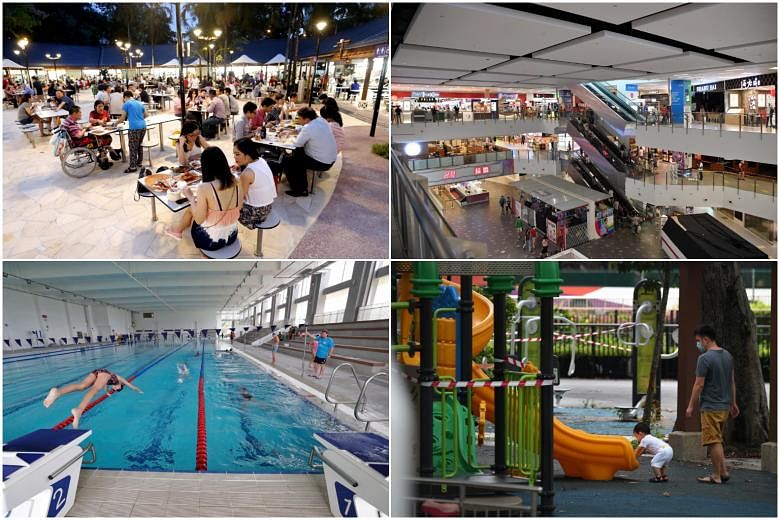With phase two of reopening due to start in two days, a range of restrictions will be eased, and the new default approach is for most activities to be allowed to resume. But this comes with some risks.
The risk of any activity is tied to how it is conducted, experts say. To gauge whether something is safe, factors to keep in mind include: crowds, close contact and enclosed spaces; communication; cleanliness; and the duration of an activity and diversity of contacts.
Clara Chong finds out how to mitigate the risks of some activities.
DINING IN
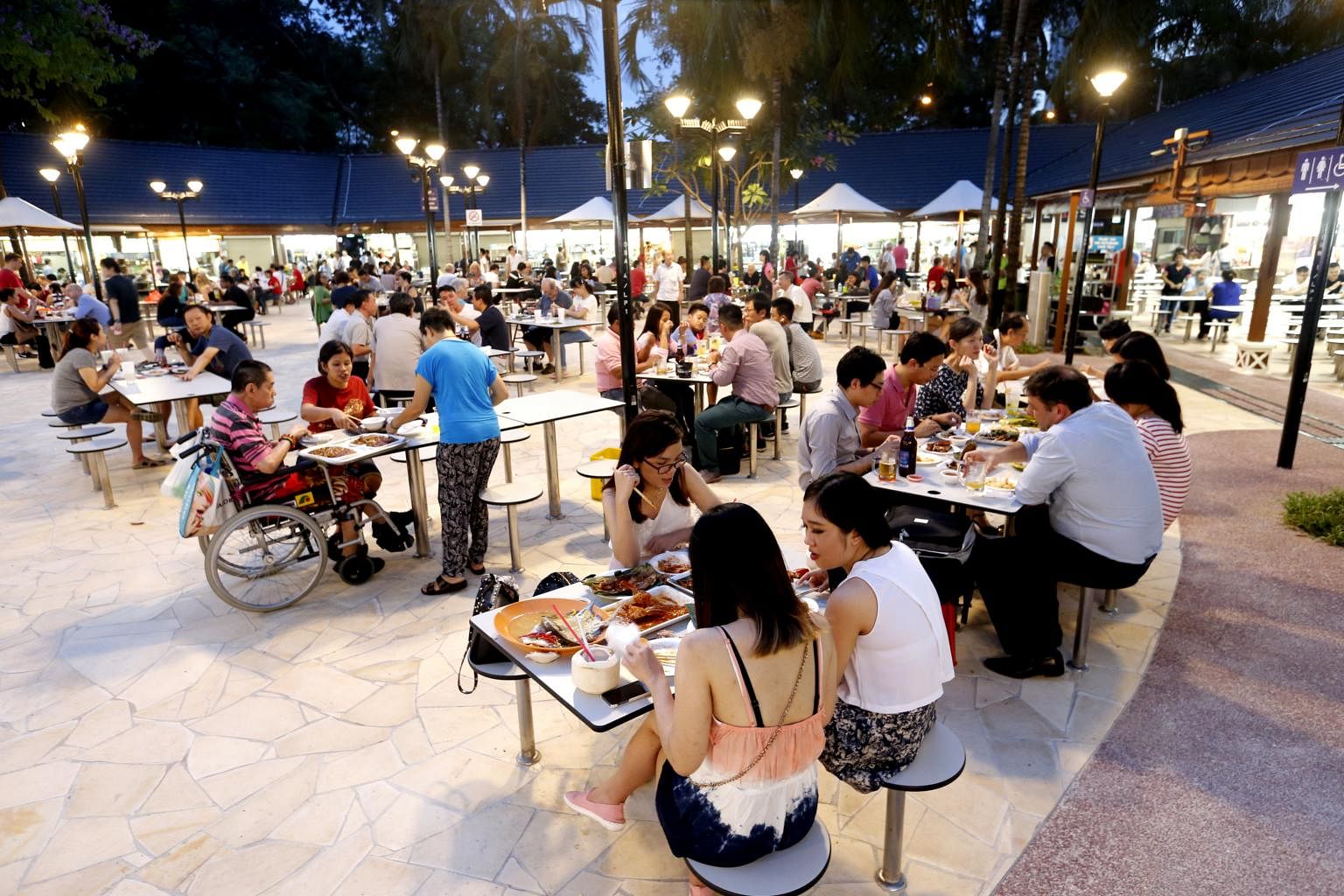
RISKS:
• People are within a confined space
• Less risk in an outdoor setting, such as open-air hawker centres, but the benefits of natural ventilation can be negated if a centre becomes too crowded
• No mask while eating
• People tend to talk while eating
• Buffets, large communal gatherings, shared dishes like hot pots have higher risk
HOW TO MITIGATE:
• Maintain at least a 1m distance between diners and tables
• Sanitise tables and chairs regularly
• Do not share food and, if you must, use serving spoons and forks
• Do away with buffets that tend to attract long queues
• If a buffet is a must, have staff dish out the food
• Reduce the risk level by dining with household members
• If you must dine with friends, keep the meal short
SHOPPING/BEAUTY/WELLNESS SERVICES
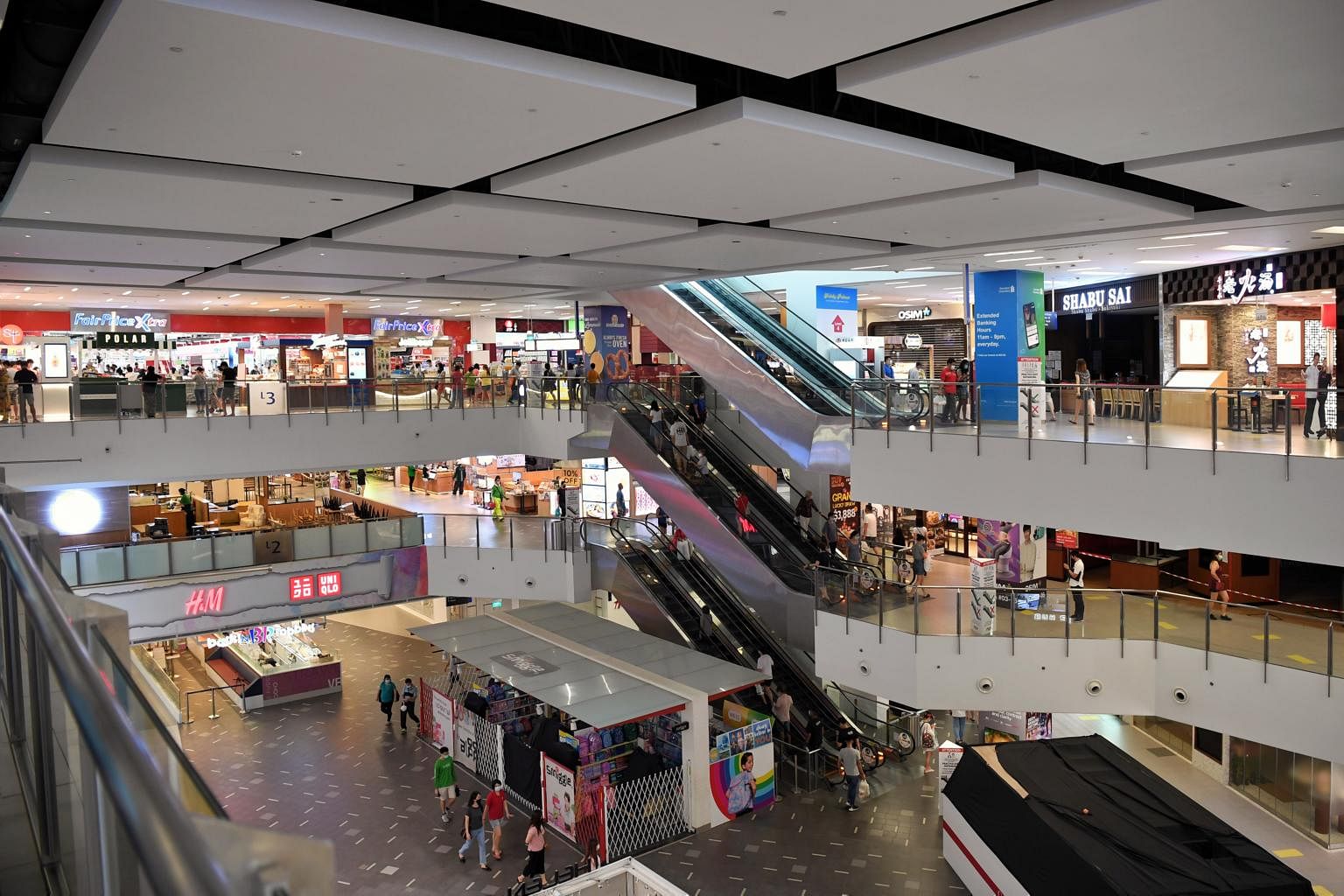
RISKS:
• Crowded malls and stores, and long queues
• High-touch areas such as fitting rooms, display counters and escalators
• Trying on or touching clothes or shoes
• Testing of make-up and other beauty products
• Use of common tools for manicures and other such personal services
• Use of communal treatment/beauty rooms
HOW TO MITIGATE:
• Safe distancing
• SafeEntry contact tracing
• Avoid trying on clothes, where possible
• Do not use make-up testers and other test kits
• Visit stores/beauty parlours that clean and disinfect products and commonly used surfaces and spaces regularly
• Avoid unnecessary conversations
• Virtual reality testing for certain items might be a possibility in the future
Swimming
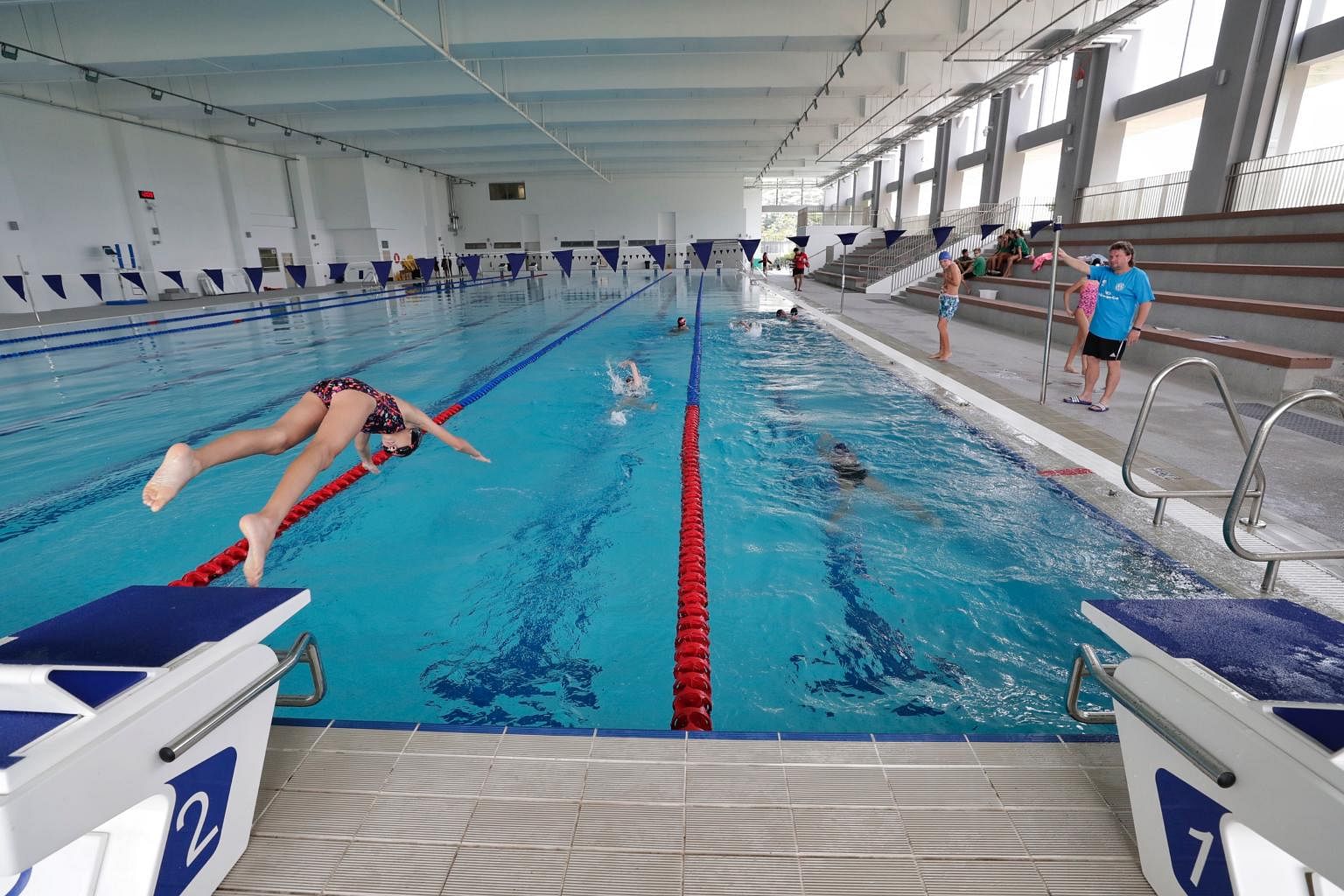
RISKS:
• Studies indicate that the virus that causes Covid-19 is likely to be less stable in chlorinated water
• Swimming is likely a safer activity than non-water sports. But this also depends on whether the water in the pool is cleaned properly and regularly
• The risk is higher in changing rooms with common locker and shower facilities, and in common areas with vending machines, for example
HOW TO MITIGATE:
• Use a mask when not in the pool or showering
• Go when the pool is less crowded and, if possible, go alone
• Avoid the changing rooms and shower at home when possible
• Studies have found that the virus is sensitive to higher water temperatures
• Ensure that the facility management follows cleaning and disinfection protocols strictly
Indoor and outdoor sports (facilities such as gyms, badminton courts, outdoor fitness corners)
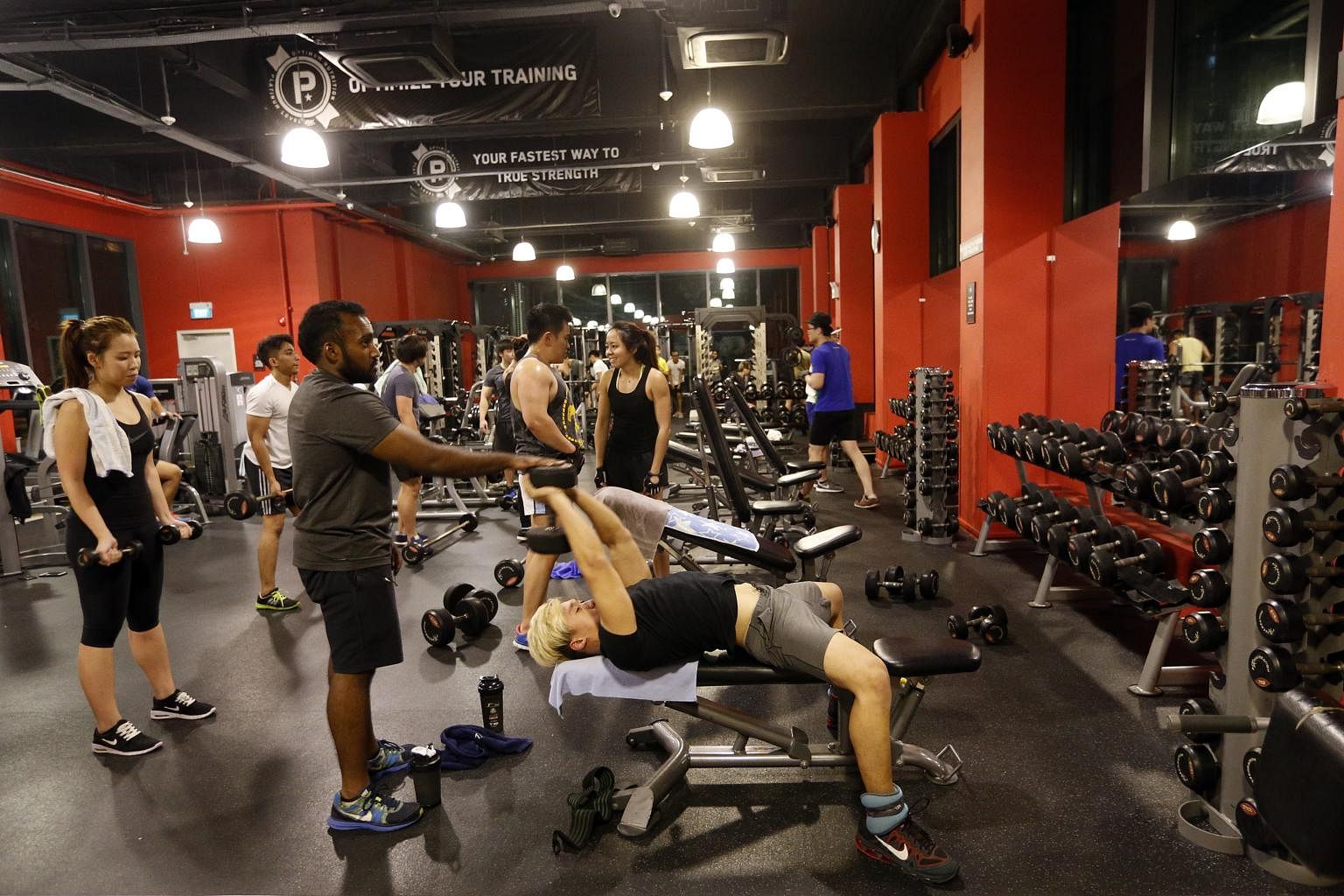
RISKS:
• High-contact surfaces such as common-use benches and tables, fitness equipment and water coolers
• Group sports involving multiple players and physical contact
• Common facilities like toilets, sauna and steam rooms and changing rooms
• Shared equipment for places such as bowling alleys, bouldering gyms and ice-skating rinks
• At country clubs and golf courses, people might spend a prolonged period of time to socialise or use other amenities
HOW TO MITIGATE:
• Regular cleaning of high-touch surfaces and common equipment
• Avoid activities in large groups
• Regular Covid-19 testing for players in team sports, which would also help to mitigate cross-team infections
• Control the number of people in sports and other such facilities, especially since mask wearing is not recommended when playing sports
• Proper ventilation of indoor facilities
Playgrounds
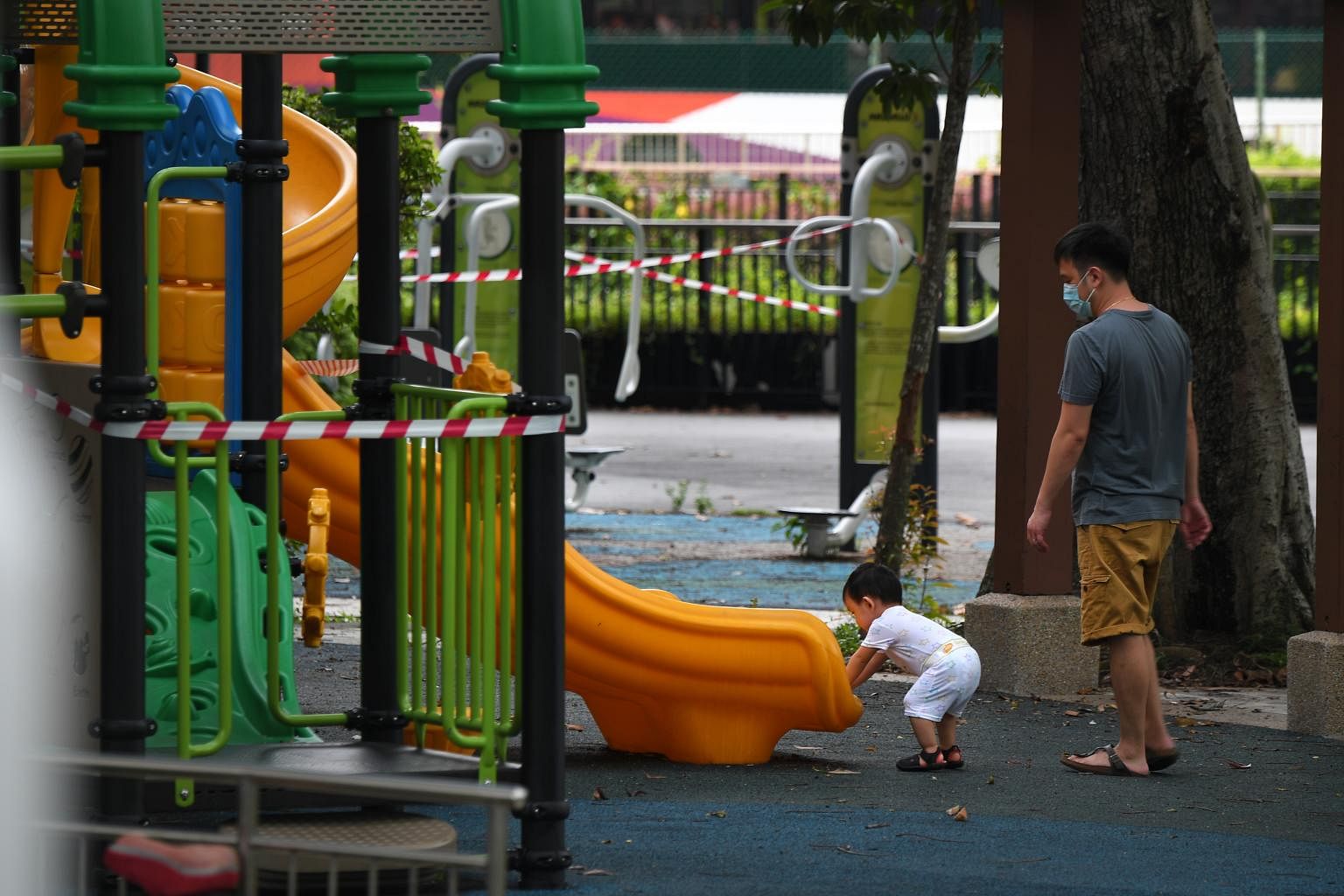
RISKS:
• Children in close contact with one another
• Young children might not be aware of their surroundings
• Sharing of amenities increases risk of contamination
HOW TO MITIGATE:
• Parents should ensure that older children use masks
• Avoid crowded playgrounds
• Sanitise children's hands before, during and after playing
Source: ASSOCIATE PROFESSOR JOSIP CAR, DIRECTOR OF THE CENTRE FOR POPULATION HEALTH SCIENCES AT NANYANG TECHNOLOGICAL UNIVERSITY'S LEE KONG CHIAN SCHOOL OF MEDICINE
